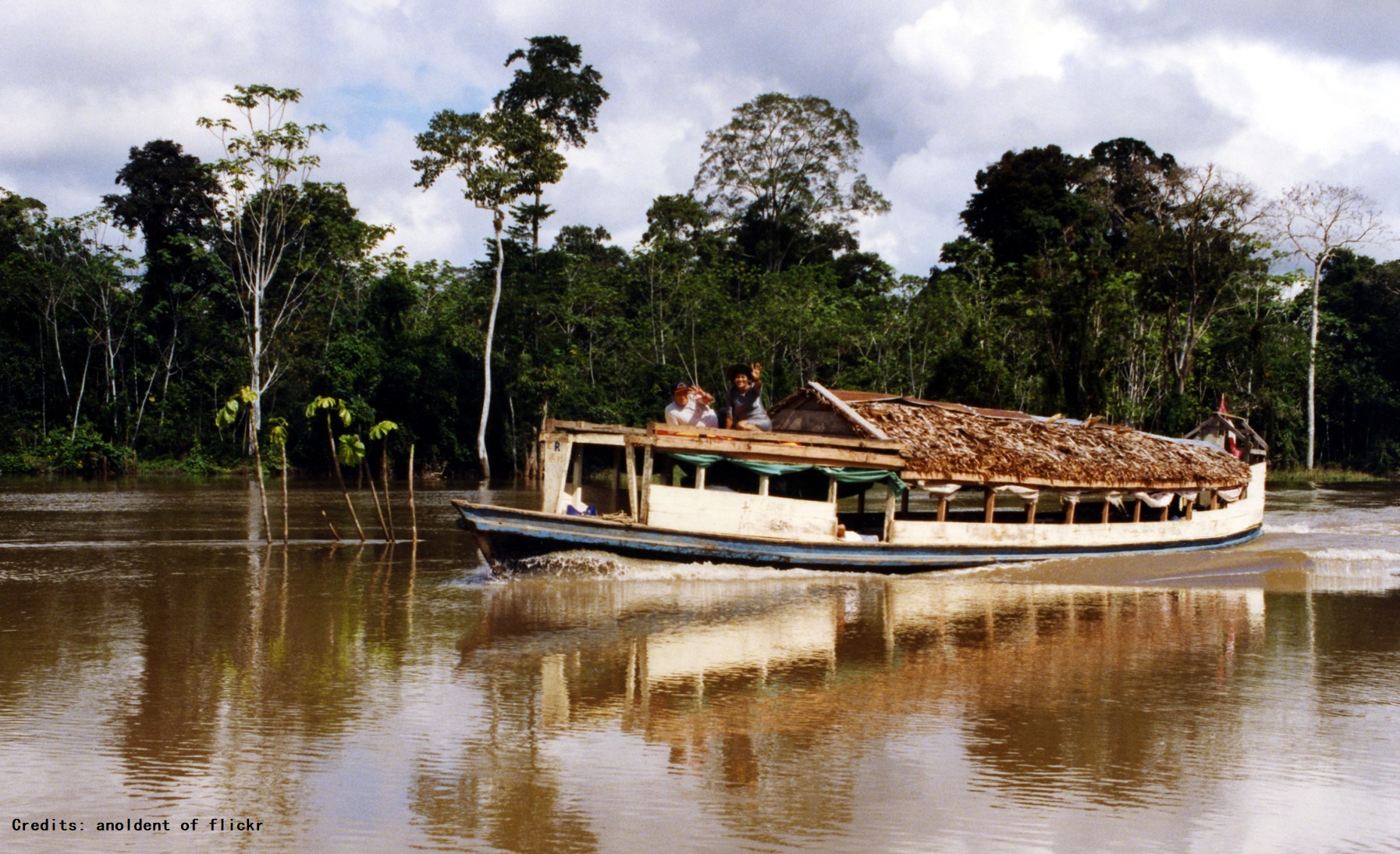9. The Slow Boat (Peru/Colombia)
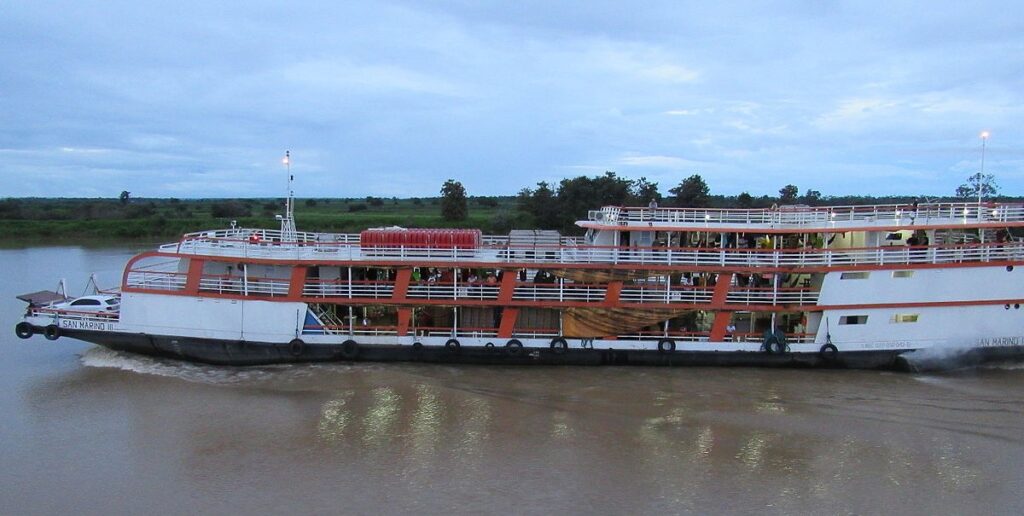
If your idea of adventure is falling asleep in a musty hammock, while navigating the mosquito-infested Amazon, you are in luck. The slow boat between Iquitos and Leticia is the most demanding route from Peru to Colombia, save for hacking your way through the jungle with a machete. The boxy, well-rusted vessel links several towns and villages along the river, and with low cost being the priority in these remote lands, you should expect zero comfort and maximum excitement.
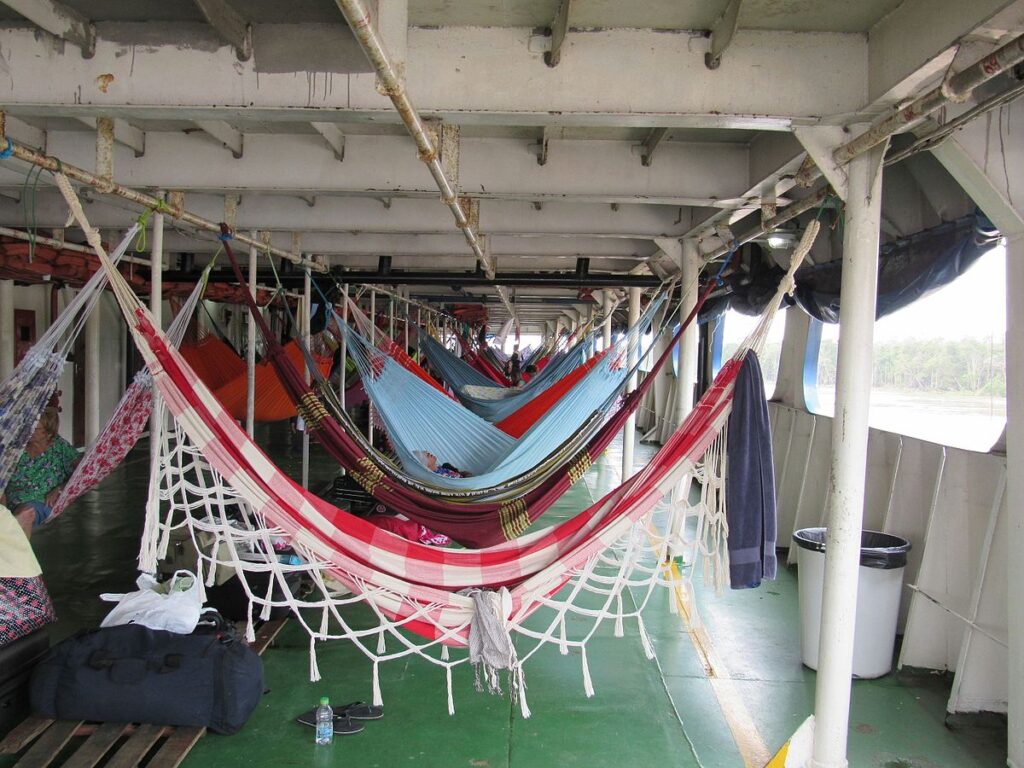
Stops are few and far in between, with many passengers along the way boarding from motorboats at the risk of dunking into the water, where piranhas, caimans, and anacondas await their breakfast with impatience. Once safely on board, entertainment varies between gazing at the mighty river, sipping beer with fellow passengers at the makeshift bar, or clapping at the swarms of mosquitoes dancing around you. You will sleep when you arrive – this boat may be slow, but it sure isn’t quiet.
8. Manaus (Brazil)
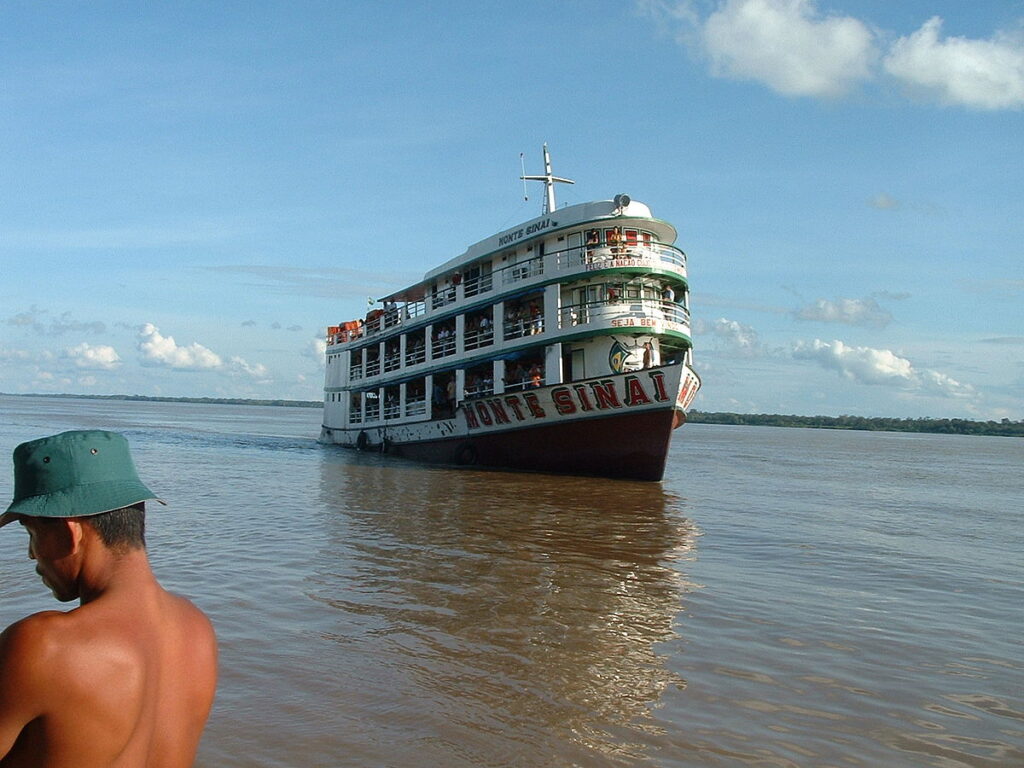
As evident from the above, speed is not a priority on the Amazon, with many on the Brazilian side of the border opting for the even slower and cheaper wooden ferries. The river is extra narrow between Macapá and Santarém, with plenty of opportunity to watch the jungle and villages along the banks. And while comfort is an abstract concept on these murky waters, the beauty of an equatorial sunset is overwhelming and unforgettable.
7. The Francisco (Argentina/Uruguay)
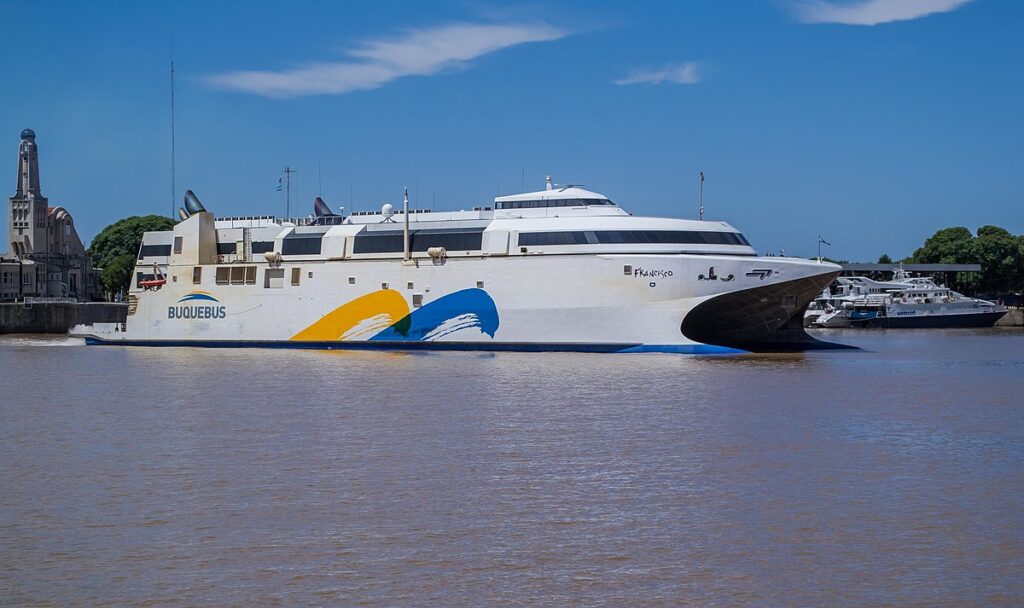
About a lightyear away from the Amazon is Rio de la Plata – the widest river on the planet and part of the border between Argentina and Uruguay. Here, on the muddy waters between Buenos Aires and Montevideo, reigns the world’s fastest ferry, HSC Francisco. Named after the current Pope of the Catholic Church, the high-speed catamaran can hardly rein in her two GE gas turbines and two Wärtsilä axial waterjets, dashing at maximum speed of nearly 52 knots. The formidable powerhouse, switching seamlessly between LNG and marine distillate, can haul 955 passengers and 150 cars across the 150-nautical-mile route in less than 2.5 hours.
6. The Patagonian Navimag (Chile)
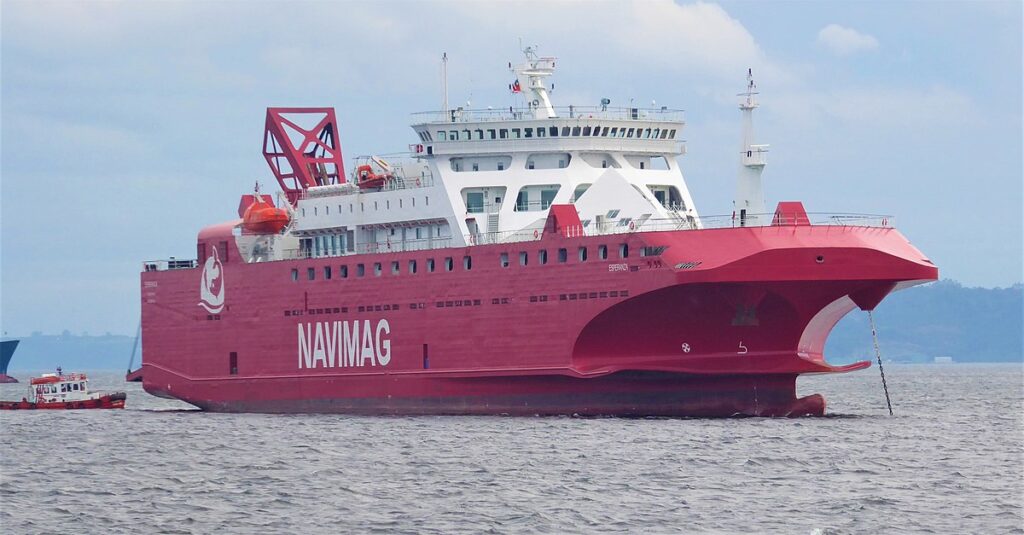
Unlike the spartan boats of the Amazon, this 24-hour route through the breathtaking Patagonian Fjords is mostly frequented by foreign travelers. Aptly dubbed a “floating hostel”, the brand-new Esperanza is no luxury liner, but her angular shapes and discernible red hull give her a rugged charm that fits the wild and remote environment.
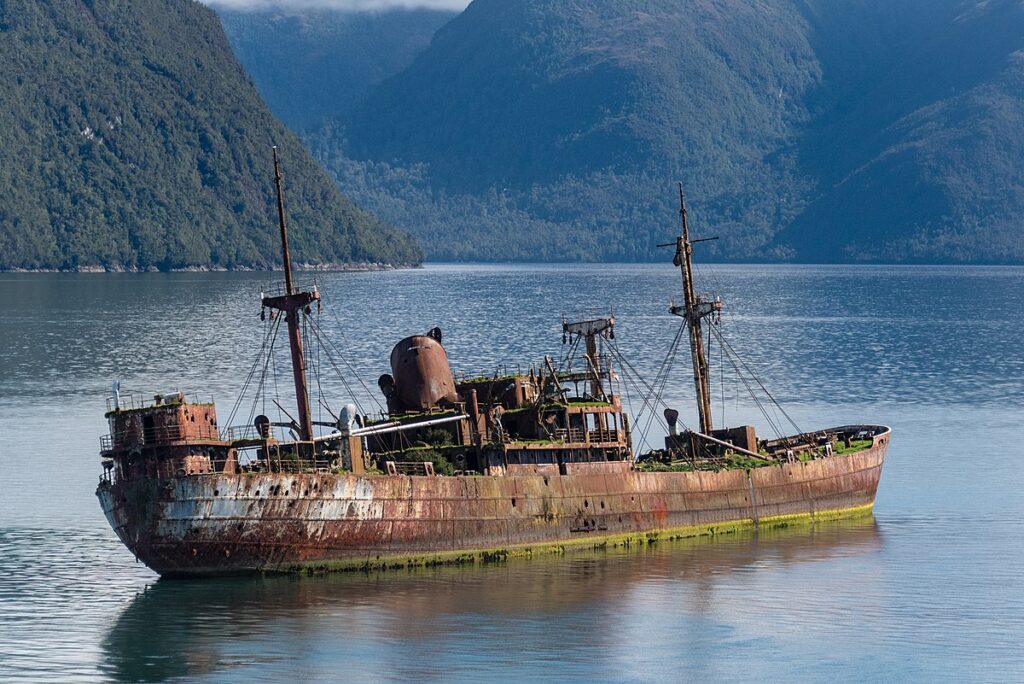
Halfway through, most passengers get their cameras ready in anticipation of the black dolphins cutting through the icy water. Me… I would rather keep an eye out for the ghostly wreck of the Capitan Leonidas cargo ship, stranded on a rock since 1968, rusted to perfection.
5. Yaghan Antarctic Ferry (Chile)
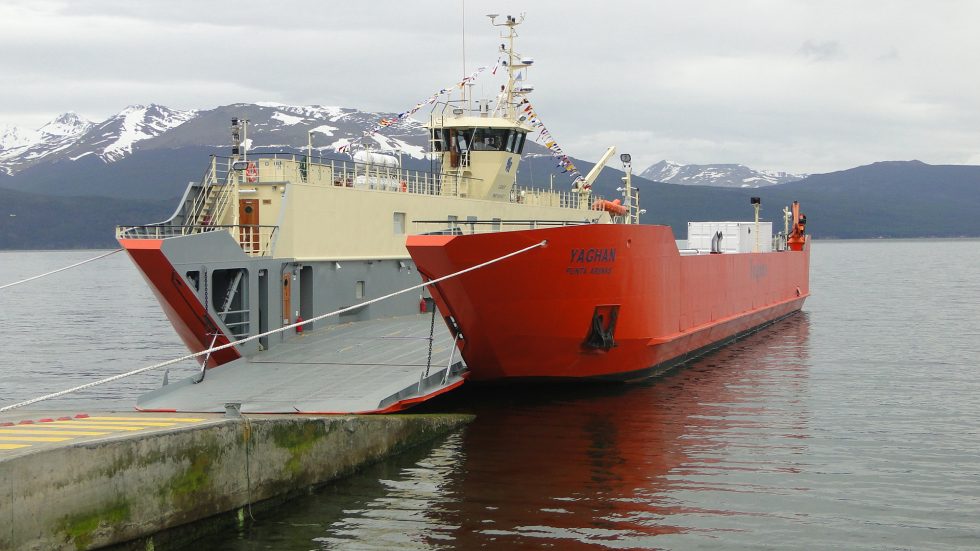
The Yaghan tribe is the indigenous population of Tierra del Fuego, the cold and barren tip of South America, only 600 miles from the Antarctic shores. Yaghan is also the name of a local vessel plying between Punta Arenas and Puerto Williams, famous for being the world’s southernmost ferry service. Safety comes first on the rough waters of the Magellan Straits, and you can rest assured the Yaghan is as tough as they make them.
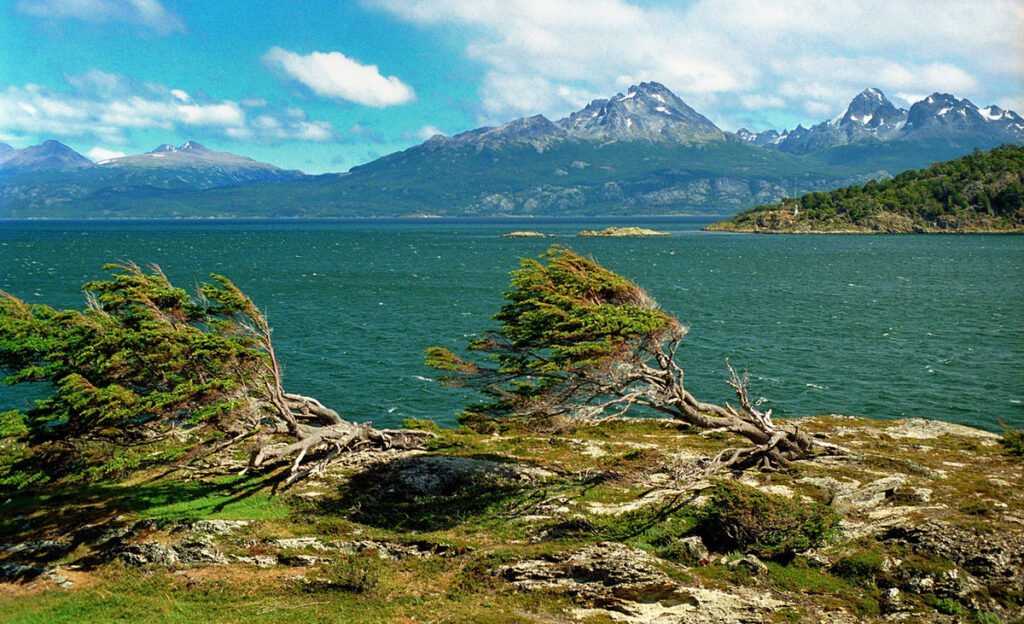
Aside from a few hardy locals and some seasoned travelers, the vessel also carries a sophisticated sea water monitoring system, helping track the effects of man-made climate change in the sub-Antarctic region.
4. The Aquidaban (Paraguay)
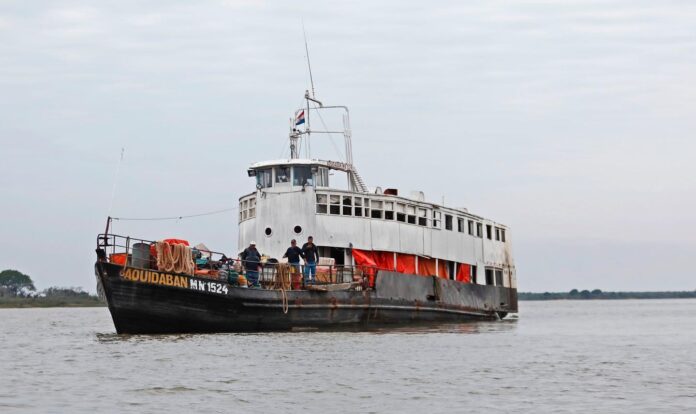
As one of South America’s two landlocked countries, Paraguay runs a rather humble fleet of river freighters. Nevertheless, the experience of sailing on the Aquidaban along the sluggish Paraguay River deserves more attention than it gets. The boat, dating to the 1960s, bears the affectionate nickname “floating market”, hinting at her vital role in the life of numerous isolated communities. But regardless of what essential goods she might carry, patience is the crucial commodity on this languid 3-day ride. As the chugging of the old diesel engine disperses in the vast space between the sleepy banks, only the occasional homestead will remind you that this is still the same old planet. Or perhaps it isn’t.
3. Canawaima Ferry (Guyana/Suriname)
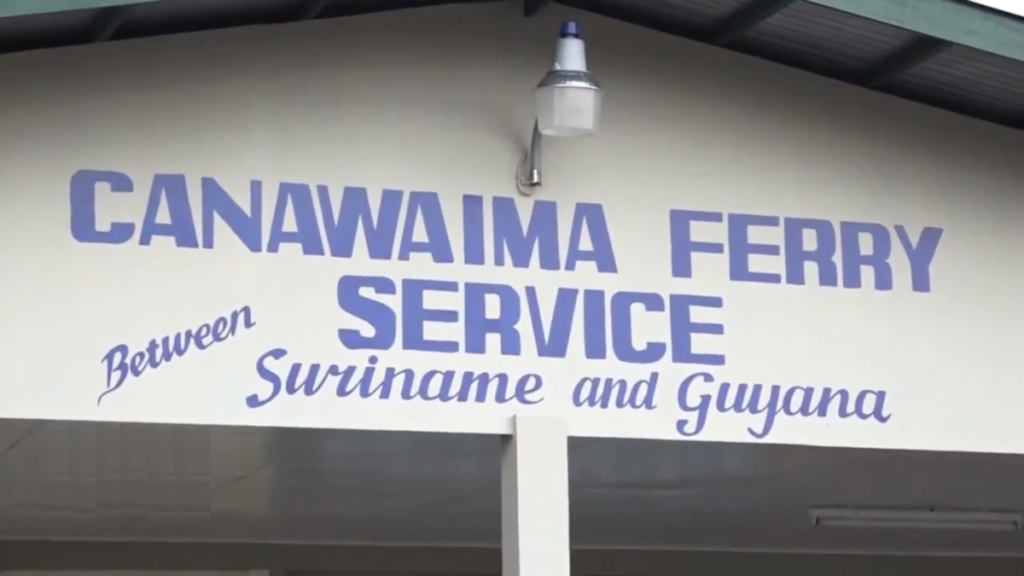
The Guyana-Suriname border is a textbook example of decolonization gone wrong. From their first days of independence, the two countries have been embroiled in endless border disputes, which only got fiercer with the discovery of oil off the Atlantic coast. One of many tiny pawns on this political chessboard is a near-anonymous ferry across the disputed Courantyne River, between Moleson Creek in Guyana and South Drain in Suriname. And while politicians carry on with their divisive arguments in the distant capitals, the Canawaima Ferry quietly connects the two nations, twice every week.
2. Isla Ometepe (Nicaragua)

The story of Cocibolca, a tropical lake with two volcanos in the middle, began in times unremembered, but the most turbulent chapter unraveled in the Golden Age of Piracy. In 1665, Henry Morgan led a brazen expedition up the San Juan River toward the Spanish colonial stronghold of Granada, laying hands on its silver and putting everything else to the torch. This became something of a grim tradition in the following two centuries, as privateers and filibusters of numerous nations tried their sword on the lucrative colony.

These days, though, the lake is fit for a film set – a tropical volcanic paradise, with the architectural jewel Granada in the background (it survived, believe it or not), and a fleet of quaint wooden ferries crossing to and fro. And even though tourist invasions have long replaced pirate raids, rocking in a creaking boat with Spanish colonial buildings in the distance does awaken the imagination in an unexpected way.
1. Tres Fronteras (Argentina/Brazil/Paraguay)
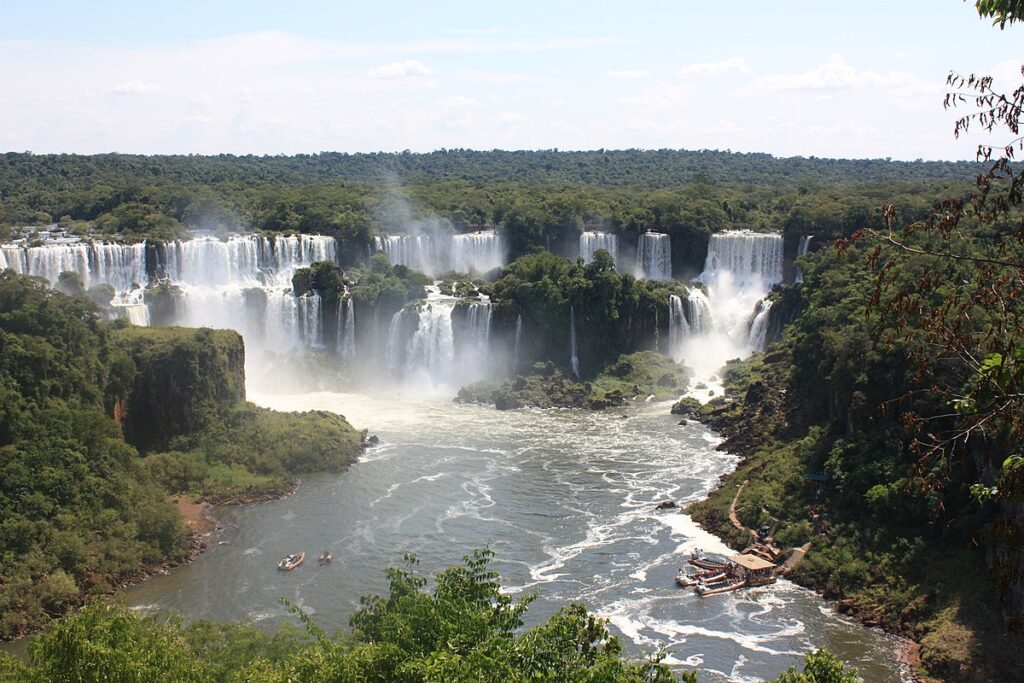
Lying at the meeting point of three countries, Iguazu Falls are the largest in the world. And while the waterfall, divided between Argentina and Brazil, is the undisputed landmark in the area, the ferry from the Paraguayan side is the most exciting way to get there. The boats depart from Puerto Presidente Franco on the Parana River, then sail along the Brazilian bank into the Iguazu River, before arriving at the Argentinian town of Puerto Iguazu. The sight of lush subtropical rainforest, the thrill of sailing between three countries at the same time, and the anticipation of one of nature’s greatest wonders – all these turn a modest ferry ride into a lifelong memory.
If epic ferries are what floats your boat, make sure you check the blog for the next episode in the series, taking you to North America. Or just subscribe for the newsletter, and we’ll let you know when it’s out!

